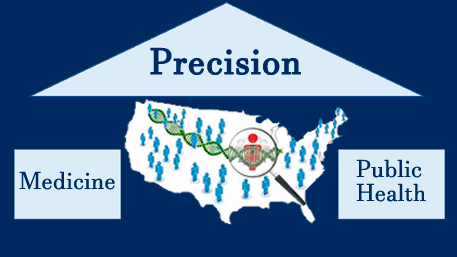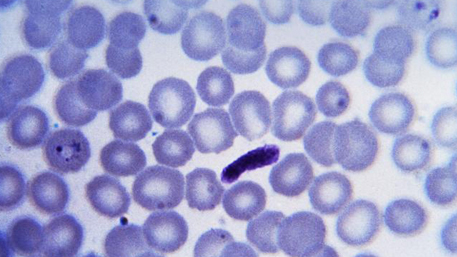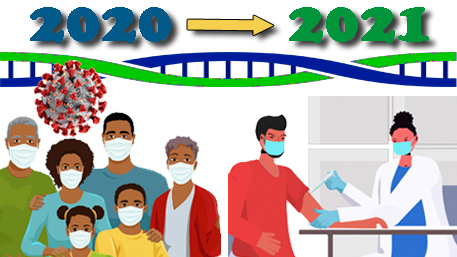Search Results
10 results for implementation science
Polygenic Risk Scores in Clinical Practice? Still Making the Case

Two recent systematic reviews show the lack of data on clinical utility of polygenic risk scores and major challenges in implementation. The Promise of Polygenic Risk Scores in Population Health Many common diseases such as cancer, diabetes, and heart disease, result from the combination of genetic factors and physical and social environmental factors. Genome-wide association
Posted on byHost Genomics and COVID-19: Two Years Later

Early in the COVID-19 pandemic, we explored the rationale for host genomic studies to our understanding of COVID-19 occurrence and outcomes. Two years into the pandemic, we are taking another look. Many academic research groups and consortia—such as the COVID-19 Host Genetics Initiative (COVID-19 HGI) and COVID Human Genetic Effort—have launched worldwide open-science collaborations, featuring
Posted on byArtificial Intelligence in Medicine and Public Health: Prospects and Challenges Beyond the Pandemic

Though still in its infancy as a field, artificial intelligence (AI) is poised to transform the practice of medicine and the delivery of healthcare. Powered by breakthroughs in machine learning (ML) algorithms, enhanced computing power, and increasing data volume and storage capacity, AI has made noteworthy advances over the past decade across many medical subspecialties.
Posted on byRare Disease Day 2022: The Evolving Impact of Genomics and Precision Health

In celebration of Rare Disease Day 2022, we reprint excerpts of four previous blogs. Rare Diseases, Genomics and Public Health: An Expanding Intersection (February 17, 2016) Rare Disease Day is celebrated on the last day of February each year. On that day, millions of patients and their families around the world share their stories in order
Posted on byFrom Precision Medicine to Precision Public Health: The Dialogue Continues

A recent Nature article discusses the concept of precision public health (PPH) and raises concerns that too much emphasis on data and technology is “diverting attention away from regular public health.” In this post, we advance this important dialogue by focusing on two distinct components of PPH: its role in reaping the population health benefits
Posted on byThe Use of Machine Learning in Health Care: No Shortcuts on the Long Road to Evidence-based Precision Health

Two recent systematic reviews reveal the high risk of bias present in randomized controlled trials (RCTs) and observational studies based on machine learning and artificial intelligence. Digitization of health data holds profound potential to change the way we collect information and interact with the health care system. In current times, an increasing volume of health-related
Posted on byContributions of Genomics to the Fight Against Malaria

Malaria was endemic in the United States (US) when the Communicable Disease Center was purposefully opened in Atlanta, GA, rather than Washington DC, in 1946. The Communicable Disease Center, now the US Centers for Disease Control and Prevention (CDC), was started closest to where malaria elimination efforts were needed: the Southern US, including Georgia, suffered
Posted on byHow Common is Familial Hypercholesterolemia?

Familial Hypercholesterolemia (FH) is a genetic condition that leads to high blood levels of low-density lipoprotein cholesterol, also known as LDL-C or “bad cholesterol.” Most people with FH have heterozygous FH, meaning they have only one FH-causing mutation, but in rare cases, a person can have homozygous FH, meaning they have FH-causing mutations in both
Posted on by2020: A Challenging Year of Progress for Genomics and Precision Public Health

It is time to wrap up an eventful 2020 which unfortunately was dominated by the COVID-19 pandemic. From January 2020 through November 2020, we saw a major increase in visits to our website (> 2.6 million views, compared to 2 million views in 2019 and 1.2 million views in 2018). In our year end blog,
Posted on byArtificial Intelligence, Public Trust, and Public Health

As a data-driven agency, CDC has always had highly skilled statisticians and data scientists. As part of the Data Modernization Initiative, CDC is supporting strategic innovations in data science using artificial intelligence and machine learning (Ai/ML). Ai/ML is the practice of using mathematics with computers to learn from a wide range of data and make
Posted on by

